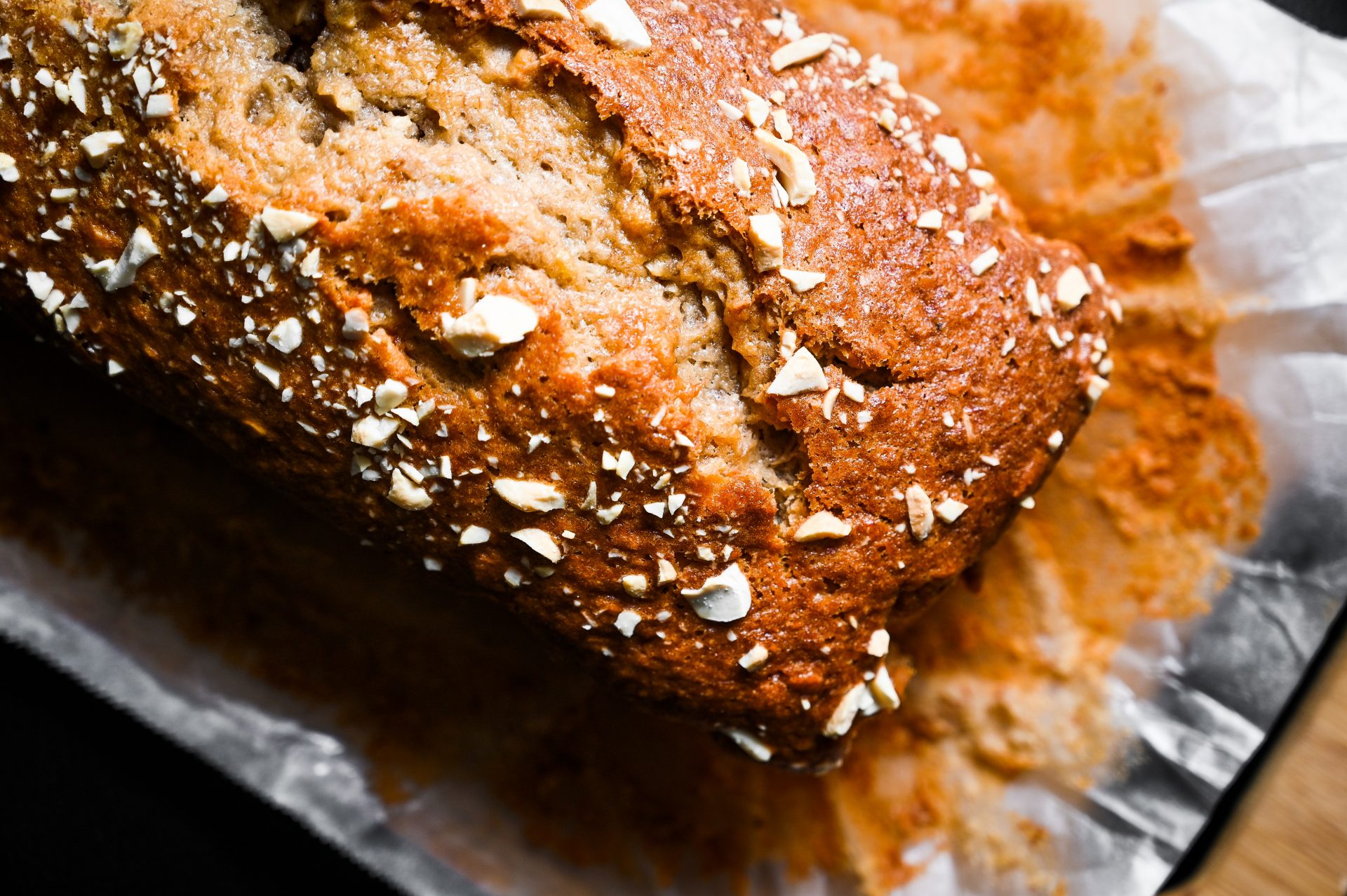Our eating habits are likely to change with the seasons – and for good reason! We asked a dietician to explain exactly why.
In recent weeks, there has been a notable drop in temperature, rain has made a not-so-welcome return to our daily lives, and the sky has been getting darker earlier on in the evening. And, with the clocks due to go back again later this month, there really is no denying it now: winter is officially coming.
With the colder months creeping ever-closer, it’s normal to experience a change in appetite and eating habits. But it’s not always clear exactly why this is. Is it due purely to the change in weather? Or does it have more to do with what foods are on offer in autumn and winter?
Well, it’s actually a combination of a number of things. Founder of Dresses & Dumbells Lilian Nwora Shepherd, RD, LD, CDECS, CPT, has the answers to all of our burning questions, and some advice on the best foods to fuel you when winter hits.
You may also like
Winter workout tips: 9 tips to help motivate yourself to exercise in winter
Why might we need different foods during different seasons?
Our bodies are intelligent things, and they work to keep us regulated and balanced when the world around us changes. This, Lilian explains, is called homeostasis, a big part of which is body temperature regulation. As our bodies attempt to increase our internal temperature, we often find ourselves drawn to “more warm, comforting foods in the winter, as opposed to the cool, lighter foods we may want in the summer”.
Because our bodies have to work that bit harder to keep us warm when things cool down, they and our immune systems will need an extra boost, to help keep us as healthy as possible. “Foods or supplements that are high in antioxidants may help, as will zinc, iron, and vitamins C, A and E”, explains Lilian.
There is also the fact that the change of seasons as well as seasonal celebrations make certain foods much more readily available. According to Lilian, we come to associate certain seasons with particular foods and flavours as a result. “For instance”, she says, “when we think of colder months, we may think of pumpkin spice lattes, banana nut breads, chowders, chilis and hot chocolates”.

What foods will best help to fuel our workouts during the colder months?
Despite the fairly notable changes in our bodies that the onset of winter brings, the food we need to fuel our workouts is not all that different to the warmer months. Post-workout, it is recommended that you aim to get “a good source of carbs and a good source of protein, ideally in a 2:1 ration to refill glycogen stores”, explains Lilian. This will help to “optimise recovery and performance”, especially when eaten 15 to 60 minutes after exercising.
The only major difference is the fact that you may find yourself opting for something warmer in the winter than you would during the summer. Lilian recommends sweet potato and roasted chicken, or turkey chili and corn bread as good post-workout fuel.
You may also like
Jar recipe: this lentil and sweet potato jar will improve your mood
What will best help to boost our mental health during the colder months?
Winter is well known for its ability to lower peoples’ moods, due to the “dropping temperatures and shorter days”, according to advice given by the Met Office and mental health charity Mind. It is, therefore, so important that we do what we can to keep our spirits up during the winter.
The foods we eat play an important role, with warmer foods providing comfort, and foods high in vitamin C, vitamin E and zinc all having the potential to boost our mental health. Together with “staying active, proper sleep and social interaction”, Lilian explains that a nutritious, warming diet can help to buoy you up if you start to feel down during the winter.
You can visit the Mind and NHS websites if you have concerns about low mood during the winter months or Seasonal Affective Disorder.
Follow @StrongWomenUK on Instagram for the latest workouts, delicious recipes and motivation from your favourite fitness experts.
Images: Getty, Unsplash
Source: Read Full Article
